The Seattle Times is reporting Boeing has withdrawn a request to the FAA for an exemption that would allow it to certify the 737 MAX 7 with a known safety deficiency. The company said Monday it will instead fix the issue with overheating engine inlets as part of the certification process and delay the smallest version of the MAX line’s service entry. Boeing formally submitted the application for the exemption within days of a door plug detaching from an Alaska Airlines MAX 9 that put the planemaker under intense scrutiny. The exemption request prompted Sen. Tammy Duckworth, D-Ill., to call on the FAA to reject it.
The entire MAX line has carbon fiber nacelles instead of the heavier aluminum inlets on previous models. After the MAX 8s and MAX 9s entered service, it was discovered that if the de-icing system in the nacelles was left on after the aircraft left icing conditions, the heat could cause the carbon fiber to fail, potentially throwing debris into the engines. As an interim measure, MAX pilots were advised to turn off the system when it wasn’t needed, and Boeing wanted to certify the MAX 7 and MAX 10 under the same conditions while it worked on a permanent fix.
Southwest has ordered 307 of the MAX 7s and fixing the nacelles is going to delay delivery by several years. Boeing CEO Dave Calhoun told Duckworth he’s cut a deal with Southwest over the delay. Duckworth said fixing the issue properly is the right thing to do. “This was a tough decision on their part, but I’m glad they took it because I think this is good for Boeing’s future and also for America’s flying public,” Duckworth told the Times.







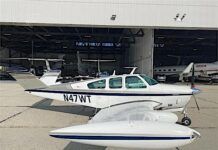







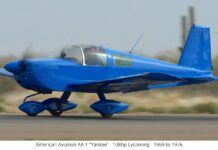
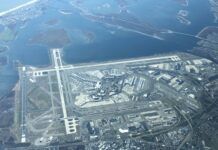











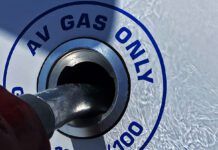







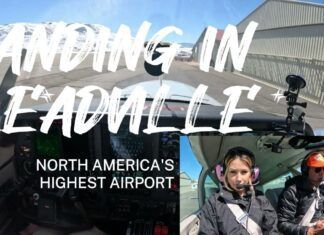
How gracious… can’t make this stuff up.
The skit from John Clarke and Brian Dawe comes to mind. Search for “The front fell off”…
LMAO!
With their track record on this model, particularly, Boeing should never receive ANY exemptions, period.
Hey Boeing – I believe the expression is “Duh”
Could this be a clearer version of “Boeing Withdraws MAX Safety Exemption Bid”:
Boeing has decided to fix a known safety issue with the MAX 7 after facing pressure and criticism. The CEO, Calhoun, reportedly made a deal with Southwest to handle the expected delays caused by the known problem. It’s worth noting that this move doesn’t seem to be about prioritizing safety but more about reacting to criticism and trying to control damage following several incidents, including one with Alaska Airlines. While Boeing says they’re fixing the problem, it feels like they’re doing it reluctantly, possibly considering a desire to avoid more sh*t coming their way. Just asking for a friend.
Probably saw it as a threat to the share price.
This decision will also impact their performance metrics. Adding a bunch of weight to the engine cowls, which are forward of the CG (had to push the engines forward to clear the gear), will require additional rear ballast. Greater OEW = less range. Time to stop stretching the 737 and start a clean sheet design.
I think now that the last paragraph of the comm of Mr.Ferris Bueller is the best action Boeing should do : do not stretch 737 and start a new one from a clean sheet design. The money already expended and the money that is going expectable to be, is, IMHO, a considerable amount and should be taken in consideration to that alternative.
I don’t know how Boeing will choose to solve the problem, but it’s not like the 737 is the only airplane with carbon fiber in the nacelle. What makes the 737 special is the absence of automation really anywhere in the overhead panel. Right now, there’s a two position switch for cowl anti-ice: off and on. If you made it a 3 position switch, with off, on, and override, where the anti-ice valve closed above 12C, with override being a forced on position, the problem would be solved.
Boeing has spent 41 Billion dollars on stock buybacks since 2010. This juiced the stock price which resulted in huge bonuses for senior executives.
Imagine if they had spent that money on R & D for new aircraft and a robust production QA process….